Last Updated April 22, 2024 Last Updated January 2, 2024 by Brian Aquino
When it comes to basketball, taking care of your equipment is essential. One aspect of this is knowing how to deflate a basketball for storage. Understanding the proper method is crucial to store it for the off-season or simply save space.
Let us walk you through how to deflate a basketball effectively. We’ll also address common questions like whether you can deflate a ball without a needle, specifically focusing on Spalding basketballs and how to remove air from a basketball pump. So, let’s dive right into it!
Table of Content
How do you deflate a basketball for storage?
Deflating a basketball for storage is a straightforward process. Follow these steps:
- Gather Your Supplies: To deflate a basketball, you’ll need a few tools: a needle attachment, a pump with a pressure gauge, and a deflation tool (often included with the pump).
- Insert the Needle: Attach the needle to the pump. Ensure it’s secure, as any air leakage can hinder the process.
- Locate the Valve: Find the inflation valve on the basketball. It’s typically located near the nipple. This is where you’ll insert the needle.
- Insert the Needle: Carefully insert the needle into the inflation valve. Push it in until it’s snug but not too forceful to avoid damaging the valve.
- Release the Air: Begin releasing the air by slowly pulling the plunger on your pump. Keep an eye on the pressure gauge to monitor the air pressure inside the ball.
- Monitor the Pressure: Deflate the ball to your desired pressure. Most basketballs have recommended PSI levels printed on them. However, for storage, it’s safe to deflate it completely.
- Remove the Needle: Once the desired pressure is achieved, gently remove the needle from the valve.
- Store the Basketball: Your basketball is now deflated and ready for storage. Place it in a cool, dry place to avoid damage. Check out this video for visual instructions on deflating your basketball.
Can you deflate a ball without a needle?
While using a needle and pump is the most common and efficient way to deflate a basketball, you can also deflate it without a needle. Here’s an alternative method:
Materials Needed:
- A paperclip
- Water or saliva
Steps:
- Prepare the Paperclip: Start by straightening it out so it’s no longer bent.
- Wet the Paperclip: Dip the straightened end into water or apply a small amount of saliva. This step is essential to help create a smoother puncture in the ball.
- Locate the Valve: Find the inflation valve on the basketball. It’s usually located near the nipple.
- Insert the Paperclip: Gently insert the wetted end of the paperclip into the inflation valve of the basketball. Apply gentle pressure and push it in until you feel it pierce the valve.
- Release the Air: As the paperclip punctures the ball, air will escape. Press down on the punctured area to aid in the air’s release. Continue this process until all the air has been expelled from the ball.
- Store the Deflated Ball: Once completely deflated, store it in a cool and dry place for future use.
A wet paperclip is an effective way to deflate a ball without needing a needle. Remember to be gentle during the process to avoid damaging the ball or the valve.
Please note that using a needle and pump is more efficient and precise. This method may take longer and not provide the same level of deflation control.
Can you deflate a Spalding basketball?
Yes, you can deflate a Spalding basketball following the abovementioned principles. Like most others, Spalding basketballs have an inflation valve that allows deflation. Simply follow the steps outlined earlier to deflate your Spalding basketball for storage or any other purpose.
Reviewing the Best Spalding Basketball Balls
When choosing the best basketball, Spalding offers a range of options to cater to different preferences and needs. We’ll dive into three top-notch Spalding basketballs, each with unique features and advantages. Whether you’re a high school athlete, a serious indoor player, or someone who enjoys indoor and outdoor games, there’s a Spalding basketball for you. Let’s explore them in detail:
1. Spalding Legacy TF-1000 KHSAA Indoor Game Basketball: Best in Wet Grip and Game-Ready Feel
Key Features:
- Composite leather cover for superior grip and moisture management.
- Deep channel design for instant ball recognition and true bounce.
- Rotationally balanced butyl bladder for optimal air retention.
- Official Size 7 (29.5 inches), the KHSAA official basketball.
- Shipped inflated and recommended inflation at 8 PSI.
- Designed for indoor play only.
Pros:
- The wet grip microfiber composite leather cover wicks away sweat, ensuring a game-ready feel right out of the box.
- Deep channels on the ball provide a secure grip, allowing for better control and shooting accuracy.
- The rotationally balanced butyl bladder maintains air pressure consistently, so you don’t have to worry about re-inflating the ball frequently.
- As the official ball of the KHSAA, it meets high-quality standards and is trusted by athletes and coaches.
- Shipped inflated, saving you the hassle of inflating it yourself.
Cons:
- Designed specifically for indoor play, so it may not be suitable for outdoor use.
- Priced slightly higher compared to some other basketballs.
2. Spalding TF-1000 Indoor Game Basketballs: Perfect in Shooter’s Touch and High School/College Approval
Key Features:
- Wet grip microfiber composite cover with a moisture management system.
- Spalding Shooter’s Seam for instant ball recognition and precise accuracy.
- Rotationally balanced butyl bladder for superior air retention.
- Available in Official Size 7 (29.5 inches) and Intermediate Size 6 (28.5 inches).
- NFHS approved for high school play in multiple states.
- Recommended for indoor play only.
Pros:
- The moisture management system on the composite cover keeps your hands dry and ensures excellent grip.
- Spalding Shooter’s Seam enhances ball control, making it ideal for shooters and precision passing.
- The NFHS approval means it meets the rigorous standards required for high school basketball games in various states.
- Available in two sizes, catering to different age groups and skill levels.
- Shipped inflated and ready for action.
Cons:
- Not suitable for outdoor play due to its design for indoor use.
- The price range may vary depending on the size and edition chosen.
3. Spalding React TF-250 Indoor-Outdoor Basketball: Supreme Versatility – Indoor and Outdoor Play
Key Features:
- Intermediate size 6 (28.5 inches) for versatile play.
- All-surface composite leather cover for durability.
- Butyl rubber bladder for reliable air retention.
- Suitable for both indoor and outdoor games.
Pros:
- The intermediate size is perfect for players who want a ball suitable for indoor and outdoor use.
- The all-surface composite leather cover ensures durability and can withstand various playing conditions.
- Butyl rubber bladder keeps the ball inflated, reducing the need for frequent re-inflation.
- Versatile design allows you to use it on hardwood courts and outdoor surfaces.
Cons:
- While suitable for both indoor and outdoor play, it may not provide the same level of grip as specialized indoor basketballs.
- Limited size options are available.
Spalding offers a range of high-quality basketballs to cater to different needs. The Spalding Legacy TF-1000 KHSAA Indoor Game Basketball provides a wet grip and a game-ready feel. The Spalding TF-1000 Indoor Game Basketball stands out for its shooter’s touch and high school/college approval.
Lastly, the Spalding React TF-250 Indoor-Outdoor Basketball offers versatility for those who enjoy playing on various surfaces. Choose the one that best suits your playing style and needs, and you’ll surely enjoy the game to the fullest.
How do you get the air out of a basketball pump?
Getting air out of a basketball pump is a relatively simple process. Here’s what you need to do:
- Gather Your Tools: You’ll need a pump with a pressure gauge and a deflation tool.
- Attach the Deflation Tool: Connect the deflation tool to the pump. Ensure it’s secured properly.
- Insert the Needle: Find the inflation valve on the basketball pump. It’s usually located on the side of the handle. Insert the needle of the pump’s deflation tool into the valve.
- Release the Air: Slowly pull the plunger on the pump to release the air from the pump.
- Monitor Pressure: Monitor the pressure gauge to ensure you release all the air.
- Remove the Needle: Carefully remove the needle from the pump’s valve once all the air is out.
Now, your basketball pump is free of air and ready for storage.
Final Thought
Knowing how to deflate a basketball is essential for its maintenance and storage. Whether using a needle and pump, following these steps will help you keep your basketball in optimal condition. Remember that proper equipment care prolongs the life of your basketball, ensuring it’s ready for action whenever you need it.
- How To Make Basketball Shoes More Grippy? - October 12, 2023
- How to Become a Basketball Referee? - October 11, 2023
- Unlocking Basketball Success: The Art of Effective Coaching Strategies - October 10, 2023


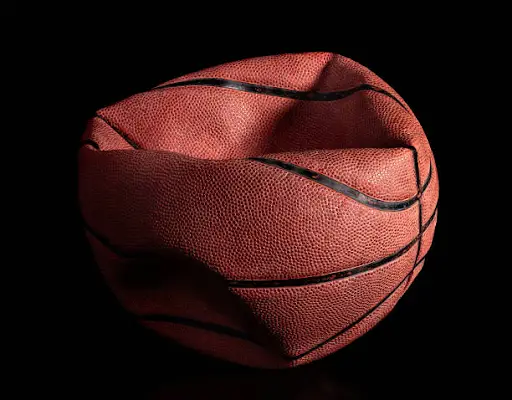
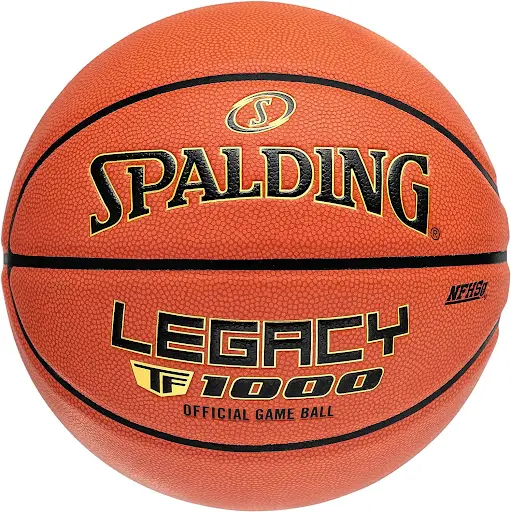
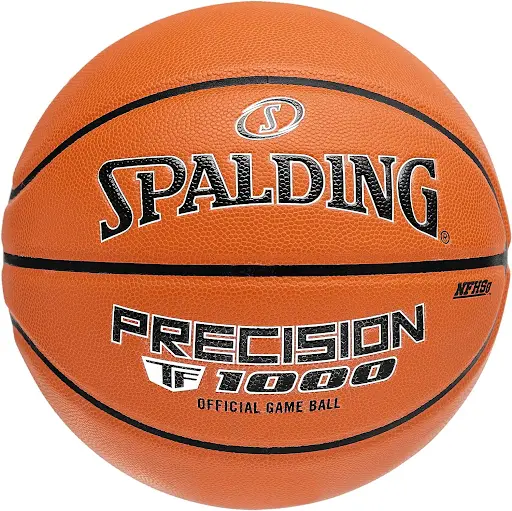
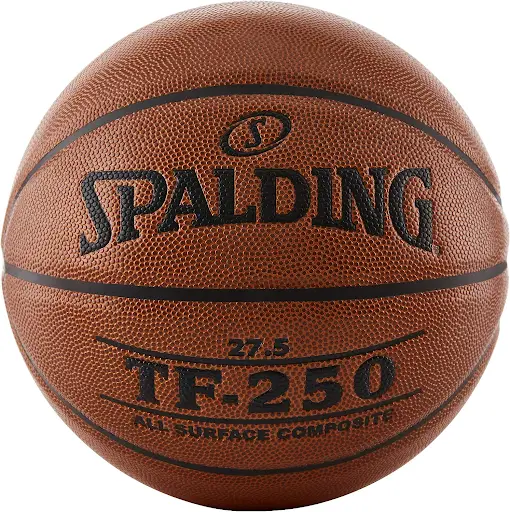
![What is the Best Basketball Shoe? [2024 Edition] What is the Best Basketball Shoe](https://outdoorballpro.com/wp-content/uploads/2023/10/What-is-the-Best-Basketball-Shoe-150x150.png)

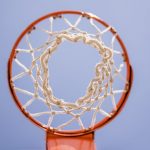


![NBA Teams without a Championship - [Updated 2024] NBA Teams without a Championship](https://outdoorballpro.com/wp-content/uploads/2022/02/NBA-teams-without-a-championship-150x150.jpg)


